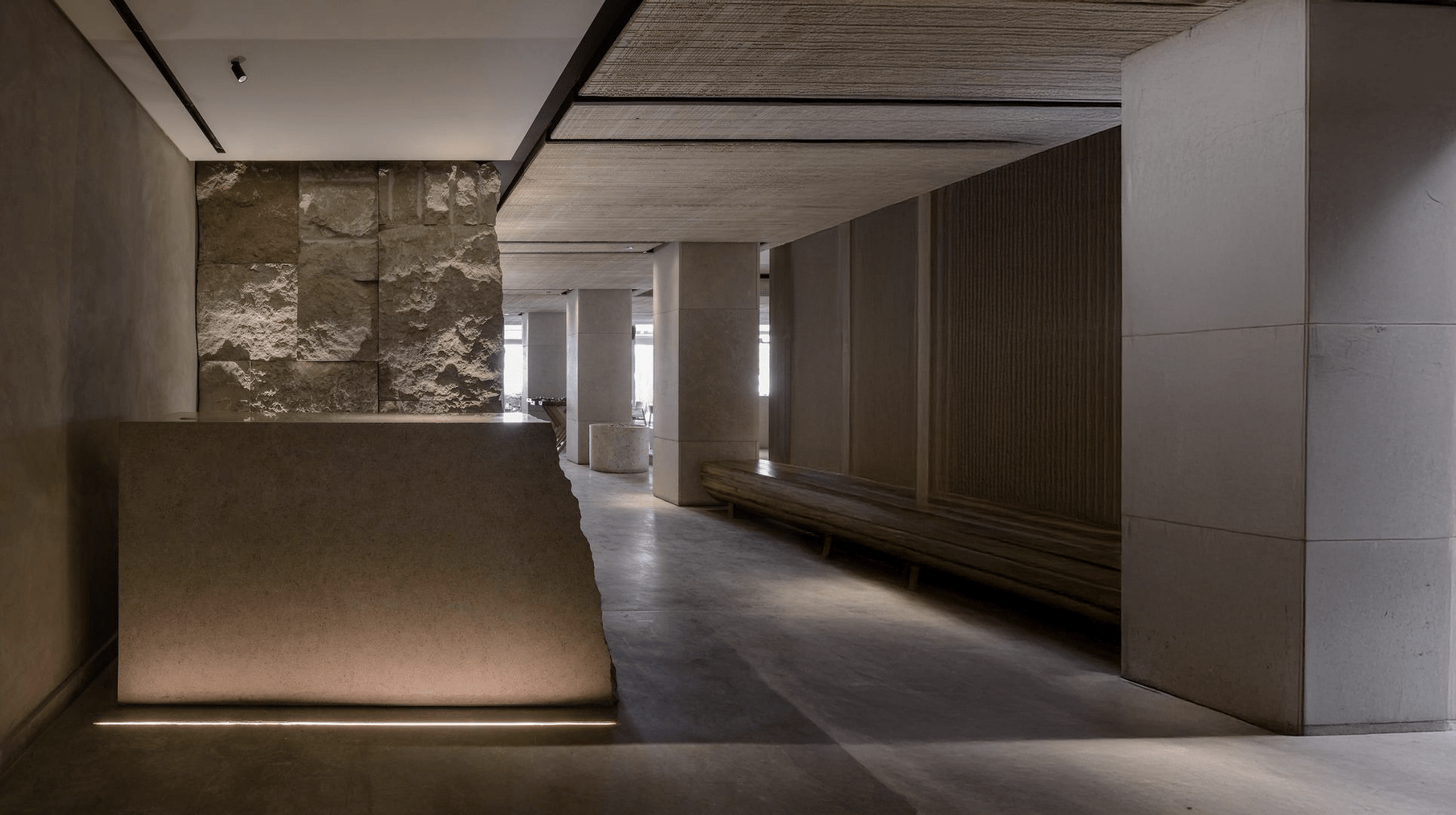

Choosing the perfect lighting isn’t just about brightness, it’s also about colour temperature. Colour temperature, measured in Kelvins (K), dramatically affects the feel, comfort, and functionality of a space. Whether you’re designing your cozy home, a bustling retail store, an elegant hotel, an inspiring museum, or a vibrant shopping mall, selecting the right colour temperature is crucial. Here’s a practical guide to help you understand and choose the ideal lighting for various environments.
Colour temperature describes the hue of the light source, ranging from warm yellow tones to cool blue-white hues. Lower temperatures (2000K to 3000K) produce warm, welcoming tones perfect for relaxing spaces. Medium temperatures (3500K to 4500K) create neutral white lights suitable for task-oriented settings. Higher temperatures (5000K to 6500K) emit bright, daylight-like illumination, ideal for clarity, focus, and alertness.
Let’s explore the best colour temperatures for different types of spaces:
These rooms thrive on warmth and comfort. A cozy glow in the range of 2700K to 3000K helps create a relaxed and intimate atmosphere. Softer lights are inviting, perfect for winding down in the evening or enjoying a quiet moment. Avoid overly cool lights, as these can diminish comfort and interfere with sleep patterns.
Kitchens and bathrooms are functional areas demanding both comfort and visibility. A slightly cooler, yet neutral white light of around 3500K ensures excellent visibility while maintaining warmth. Clear visibility in these spaces is crucial for cooking, grooming, and other detailed activities.
Productivity spaces benefit from neutral to cool white lights. A colour temperature between 4000K and 5000K enhances focus, reduces eye strain, and boosts energy levels, helping you stay alert and productive throughout the day.
Offices require optimal productivity and minimal fatigue. Neutral white to cool daylight temperatures help maintain alertness and productivity. Consider lighting around 4000K for general workspaces and closer to 5000K for areas requiring more detailed attention, such as design studios or labs.
Retail lighting depends heavily on the type of merchandise being showcased. Clothing and luxury items often benefit from warmer lighting (around 3000K to 3500K) to enhance textures and create an inviting atmosphere. Meanwhile, supermarkets or electronics stores thrive under cooler lights (around 4000K to 5000K) that highlight product details and clarity.
First impressions matter. Warm, welcoming light around 2700K creates a luxurious and inviting ambiance. This subtle warmth conveys comfort, elegance, and hospitality, instantly putting guests at ease.
Guest rooms should mirror the comforting ambiance of a home. Warm lighting in this range creates a relaxing and inviting environment. Consider adjustable lighting solutions allowing guests to customize the ambiance according to their preference.
Lighting significantly influences dining experiences. Warm lighting promotes relaxation and enhances the visual appeal of food and beverages. An inviting glow at around 2700K makes meals enjoyable, encouraging guests to linger and savor their dining experience.
Museums require a delicate balance. Lighting must showcase artworks and artifacts clearly without damaging sensitive pieces. Typically, neutral white lighting around 3500K offers accurate colour representation without harming the integrity of displays. Special exhibits or artwork might necessitate careful adjustments to maintain preservation standards.
Dramatic or themed exhibitions might benefit from specialized lighting ranging from warm to neutral to cool, depending on the exhibit. The lighting temperature should complement the atmosphere the curator intends to create, whether invitingly warm or sharply defined and crisp.
Shopping malls need vibrant, inviting, and energetic lighting. Neutral white lights between 3500K to 4000K offer balanced illumination, ensuring visibility while fostering a comfortable shopping experience. This balanced approach suits prolonged shopping periods, helping shoppers stay comfortable and engaged.
Individual stores within malls should match lighting to their products and branding. Warmer lighting enhances boutiques and luxury brands, while cooler lights emphasize clarity and precision in electronics, jewelry, or sports equipment stores. Flexibility in lighting design allows brands to uniquely showcase their offerings.
Selecting the ideal colour temperature for lighting enhances functionality, mood, and wellbeing. By understanding the unique requirements of each space, you can significantly improve both aesthetics and usability. At Nuordic Lighting, we offer a wide variety of lighting solutions tailored to every environment, ensuring your spaces are illuminated perfectly for their intended use. Let us help you bring the ideal ambiance to life.

We’ve got you covered. Fill out the form and we’ll get back to you in one business day.
Discover unique, celebrated designs from Nourdic.
Our products are commercial grade and meet building code.
Accessible for every purchase made via our online store.
If you're not happy, take advantage of our easy returns within 30 days.
Log in to your account below


Don’t have any account? Sign Up